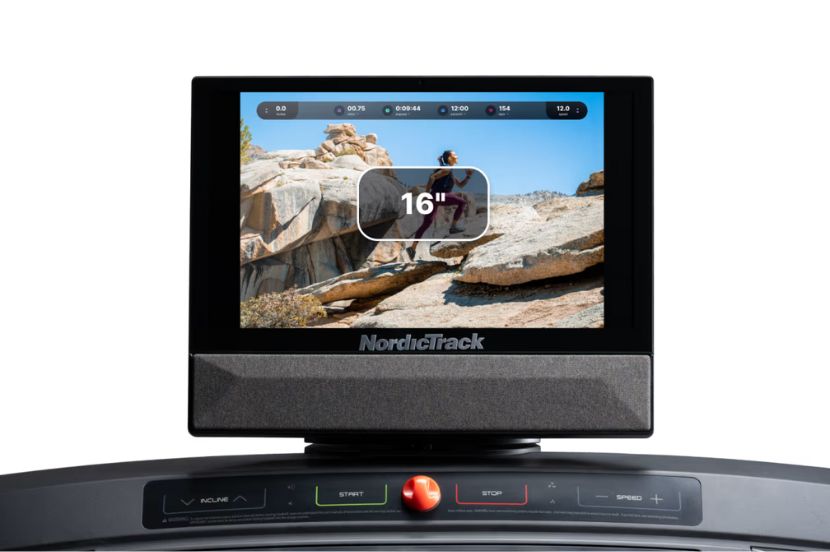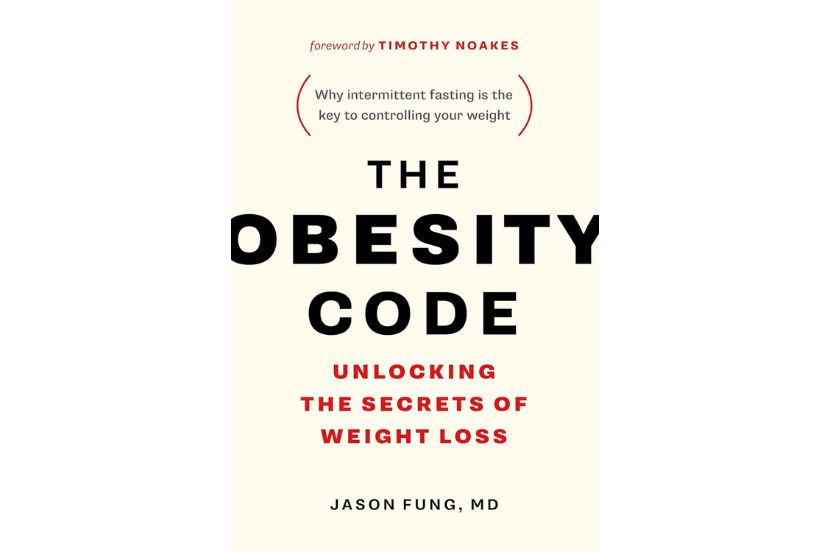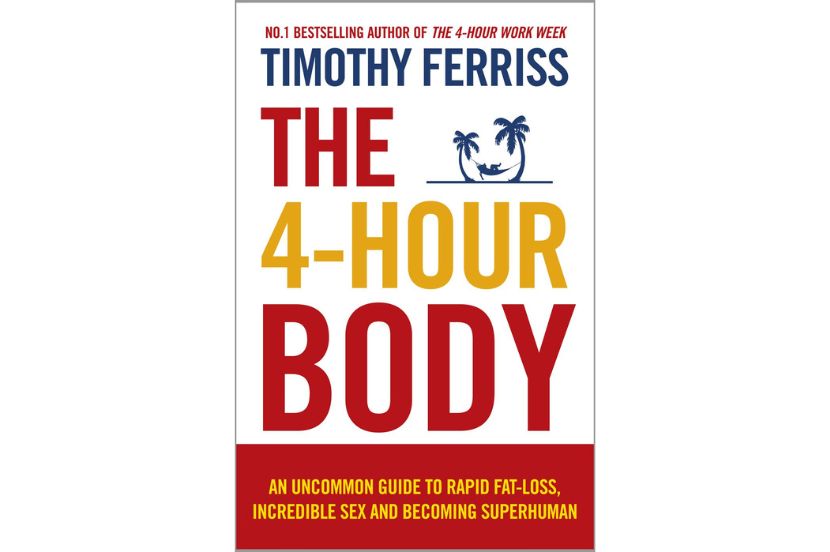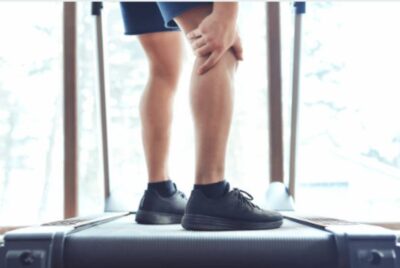Fasting vs. Slow-Carb Diet: Which Works Best for Weight Loss and Performance?
Introduction: Fasting vs Slow Carb Diet
Let’s face it: diet trends come and go, but the battle between fasting and the slow-carb diet has been heating up for years. If you’ve ever asked yourself, “Which one should I try?” you’re not alone. As someone passionate about fitness and nutrition, I’ve explored both. Today, I’am diving deep into the pros, cons, and science of these approaches to help you decide which one might work best for you.
What Is Fasting?
Definition and Variations
Fasting isn’t just skipping meals; it’s a structured approach to eating. Popular methods include:
Intermittent Fasting (IF): Common forms like 16/8 (16 hours fasting, 8 hours eating), 5:2 (two low-calorie days weekly), and OMAD (One Meal a Day).
Extended Fasting: Fasting for 24-72 hours or more.
The underlying concept is simple: fasting creates periods of no caloric intake, allowing your body to tap into stored energy—mainly fat—for fuel. This metabolic shift is what makes fasting so effective for weight loss and metabolic health.
Why People Choose Fasting

Fasting is often hailed as a way to simplify dieting. There’s no need to count carbs or calories—just eat within a certain window. Many people find it boosts their energy levels, improves mental clarity, and promotes weight loss.
It’s also flexible. Whether you’re an early bird or a night owl, you can adjust your fasting schedule to fit your lifestyle. Plus, for those who dislike rigid meal planning, fasting eliminates decision fatigue.
Science Behind Fasting
Research backs up fasting’s benefits. A review article published in Nutrients in 2019 found that intermittent fasting promotes weight loss and may reduce risk factors like high blood pressure, unhealthy cholesterol levels, and inflammation. Another 2014 review in the journal Cell Metabolism highlights fasting’s role in triggering autophagy—a process where the body clears out damaged cells and regenerates new ones. Together, these benefits make fasting a powerful tool for improving both weight and overall health..
Benefits of Fasting
Fat Burning and Autophagy: Fasting activates autophagy, a cellular repair process linked to longevity and fat loss. This can help your body stay healthy and reduce inflammation.
Improved Insulin Sensitivity: Lower insulin levels mean your body can burn fat more effectively and reduce the risk of type 2 diabetes.
Simplicity and Convenience: With fewer meals to plan and prepare, fasting makes eating simple and time-efficient.
Enhanced Mental Clarity: Many report sharper focus during fasting periods, likely due to stable blood sugar levels.
Challenges of Fasting

Hunger Pangs and Social Settings: The hardest part of fasting is often dealing with cravings, especially during social events where food is a central focus.
Potential Nutritional Deficiencies: Extended fasting can lead to gaps in your nutrient intake if not carefully monitored. Adding supplements or eating nutrient-dense meals during feeding windows is crucial.
Who Should Choose Fasting?
Busy Individuals: If your schedule doesn’t allow for multiple daily meals, fasting can simplify your eating routine.
People Struggling With Portion Control: With limited eating windows, it’s easier to avoid overeating.
Those Seeking Rapid Fat Loss: Fasting often leads to faster weight loss due to calorie reduction and increased fat-burning.
What Is the Slow-Carb Diet?

Principles of the Slow-Carb Diet
The slow-carb diet, popularized by Tim Ferriss in his book “The 4-Hour Body,” focuses on five simple rules:
- Avoid “white” carbohydrates (e.g., bread, rice, pasta, potatoes).
- Eat the same few meals repeatedly, built around protein, legumes, and non-starchy vegetables.
- Don’t drink calories—stick to water, tea, or coffee.
- No fruit (except on cheat days).
- Take one cheat day per week to eat anything you want.
This approach emphasizes foods with a low glycemic index, which release sugar into the bloodstream more slowly, preventing insulin spikes.
Why People Choose the Slow-Carb Diet
The slow-carb diet is a favorite for those seeking a sustainable, long-term solution. Unlike restrictive diets like keto, it allows for variety and even indulgence through cheat days. By focusing on nutrient-dense foods, it keeps you feeling full and reduces cravings.
Another bonus? It’s easy to follow. You don’t need fancy ingredients or complicated recipes. Just stick to the basics, and you’re good to go.
Science Behind the Slow-Carb Diet

Studies highlight the effectiveness of low-glycemic diets for weight loss and improved metabolic health. Foods like beans and lentils are high in fiber and protein, making them excellent for satiety and muscle maintenance. Tim Ferriss’ anecdotal evidence also supports its efficacy, with thousands of success stories from followers worldwide.
Benefits of Slow-Carb Diet
Long-Term Sustainability: Cheat days make the diet enjoyable and easier to maintain over time.
Nutrient-Dense Foods and Satiety: High-fiber beans and lean proteins keep you full, reducing overeating and unnecessary snacking.
Steady Energy Levels: Unlike fasting, slow-carb ensures consistent energy for daily tasks and workouts.
Challenges of Slow-Carb Diet

Restrictive Nature: Avoiding high-glycemic foods can feel limiting for some, especially when dining out.
Missteps on Cheat Days: Overindulging can negate the progress made during the week.
Who Should Choose the Slow-Carb Diet?
Athletes and Active Individuals: The steady intake of proteins and legumes supports muscle recovery and performance.
Those Seeking Balanced Meals: Slow-carb encourages a variety of nutrient-dense foods, making it ideal for those wanting a more structured approach.
How Fasting and Slow-Carb Diet Affect Treadmill Performance
Fasting: Ideal for low-intensity treadmill sessions as it promotes fat burning during steady-state cardio. However, high-intensity intervals might feel tougher due to lower glycogen stores.
Slow-Carb Diet: Perfect for endurance and interval workouts. The steady release of energy from low-glycemic foods ensures you don’t hit the dreaded “wall.”
Recommended Treadmill for Fasting and Slow-Carb Diet Enthusiasts

Why a Treadmill Can Enhance Your Journey
Whether you’re fasting or following the slow-carb diet, a treadmill is an invaluable tool for achieving your fitness goals. Cardio helps accelerate fat loss, improve cardiovascular health, and maintain muscle tone. For those on fasting schedules, treadmills allow you to engage in fat-burning activities during fasted states. For slow-carb followers, a treadmill complements your diet by ensuring you stay active, maximizing your calorie burn.
Key Features to Look for in a Treadmill
Adjustable Speed and Incline: Perfect for both walking during fasting and high-intensity intervals on slow-carb.
Built-In Programs: Some treadmills offer programs tailored to fat burning or endurance building.
Comfortable Deck: A cushioned surface reduces joint impact, making it ideal for extended use.
Compact and Quiet Design: Great for home use without disrupting others.
Top Recommendation: The NordicTrack 1750 Treadmill
If you’re serious about optimizing your fasting or slow-carb journey, the NordicTrack 1750 Treadmill is a game-changer. Here’s why:
Custom Programs: Tailored for fat-burning and cardio endurance.
Advanced Monitoring: Tracks metrics like heart rate, calories burned, and distance, helping you align your workouts with your dietary goals.
Durable and Quiet Motor: Ideal for early-morning or late-night sessions without disturbing others.
Foldable Design: Perfect for small spaces, ensuring you can work out at home effortlessly.
The NordicTrack 1750 Treadmill bridges the gap between your dietary strategy—whether fasting or slow-carb—and your fitness journey. It’s designed to enhance your treadmill experience and make every workout count.
Recommended Reading releated to Fasting vs Slow Carb Diet
“The Obesity Code” by Dr. Jason Fung: A comprehensive guide to understanding the science of fasting and its benefits for weight loss and metabolic health.
“The 4-Hour Body” by Tim Ferriss: A deep dive into the slow-carb diet and other unconventional fitness hacks.
Conclusion: Fasting vs Slow-Carb Diet
When it comes to choosing between fasting and the slow-carb diet, there’s no one-size-fits-all answer. Both approaches have their unique strengths and challenges. Fasting shines with its simplicity and potential for rapid fat loss, while the slow-carb diet offers a sustainable, nutrient-dense pathway to health and fitness.
If you value flexibility and don’t mind structured eating windows, fasting might be your best bet. However, if you prefer a steady intake of energy and balanced meals, the slow-carb diet could be the winner for you.
Pairing either of these approaches with a consistent treadmill routine can amplify your results. The treadmill, like the NordicTrack Series, becomes more than a machine—it’s a partner in your journey toward better health and performance. Whether you’re walking in a fasted state or sprinting fueled by lentils and beans, you’ll find that nutrition and exercise are two sides of the same coin.
Ultimately, the key to success lies in experimenting with what works for your body and lifestyle. Commit to the process, track your progress, and don’t be afraid to tweak your approach as needed. Remember, the best diet and fitness routine is the one you can stick to in the long run.
FAQs: Fasting vs Slow-Carb Diet
1. Can I combine fasting and the slow-carb diet?
Yes, you can! Many people use intermittent fasting while adhering to slow-carb principles during their eating windows for enhanced results.
2. How long does it take to see results with fasting or the slow-carb diet?
Results vary, but most people notice changes within 2-4 weeks with consistency in diet and exercise.
3. Is the slow-carb diet suitable for vegetarians?
Absolutely! Legumes, vegetables, and plant-based proteins like tofu or tempeh fit perfectly within the slow-carb guidelines.
4. What is the best time to exercise while fasting?
For most, exercising in a fasted state in the morning can optimize fat burning. However, listen to your body and adjust as needed.
5. How does a treadmill enhance these diets?
Treadmills are excellent for fat-burning cardio during fasting and interval training on a slow-carb diet. They provide a convenient way to integrate fitness into your routine regardless of the diet you follow.




